I spent A LOT of time researching where exactly to find the San Andreas fault prior to our adventure to Palm Springs in 2022. Thousand Palms Oasis, along with Painted Canyon Road, were touted as the two best places to witness the magnificent effect of the Earth’s tectonic plates on the landscape.
Why is it called Palm Springs? (science alert)
The northeastern shore of the Salton Sea is dotted with palm tree lined springs, boiling up from deep within the Earth. If you connect the springs, you can see the exact line where the Pacific plate and the North American plate slide past each other, called the San Andreas Fault (connect the red arrows in the pic). The differential in water tables and heat from deep below the tectonic seam pushes the water toward the surface resulting in the numerous mineral springs. Animals in the Sonoran Desert are attracted to any source of water. So it’s not surprising that migrating birds deposit seeds as they pass resulting in Oases.

Entering the Preserve
We started our day bright and early to beat the desert heat (even in February it still gets pretty warm). The dirt parking lot was closed off to the general public, but there’s plenty of parking on the shoulder of the highway. Once inside, a nice signboard gave us some basic information about the landscape and hiking trails. There’s no fee to visit the preserve, but it’s always nice to drop a few bills in the donation box.

Finding the Fault
The first sign we encountered welcomed us to the exact thing I had been seeking, the San Andreas fault! We took a few moments to nerd out about being on two tectonic plates at one time. Then we turned to the McCallum trail and eagerly headed into the heart of the largest Oasis on the San Andreas.

Hiking thru a true oasis
Almost instantly, we felt transported away from the dry desert into a jungle. The dirt walkway gave way to a wooden boardwalk and back again as we meandered through the shadows. It was so perfectly imperfect, it almost felt like a movie set! The palm trees so numerous and grandiose, that in our opinion, the experience ranked with traversing through the Sequoias.
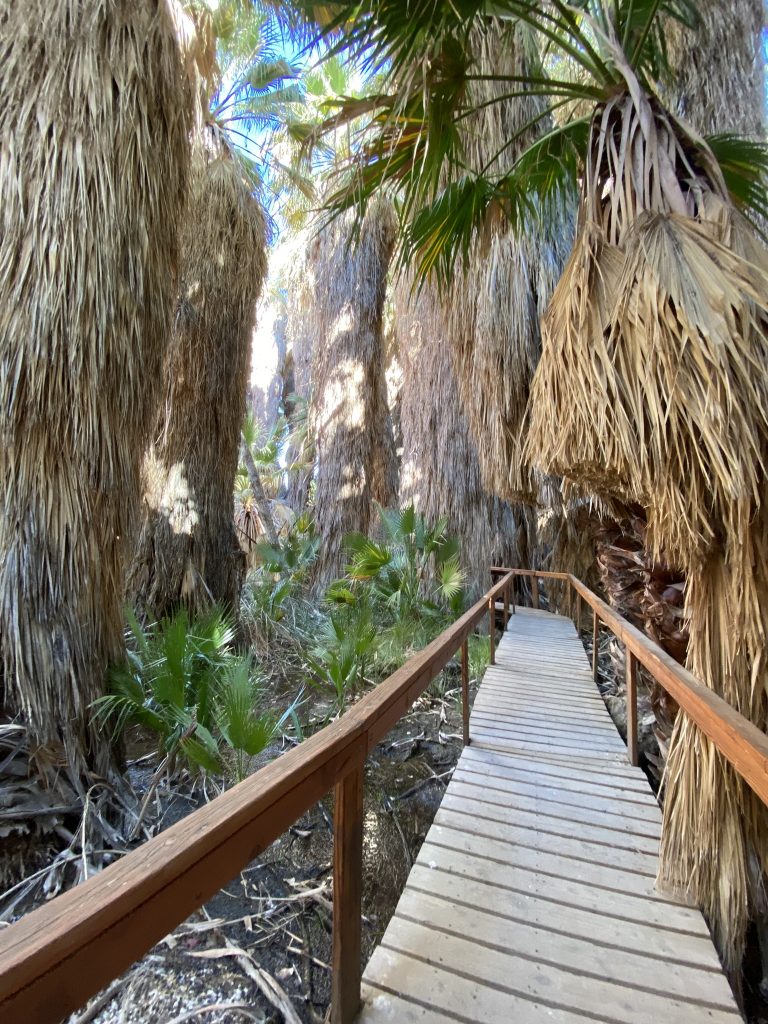
After about a half mile, the “jungle” path climbed out of the palms and back into the desert. Full of energy, we decided to make the trek to the Simone Pond. Although the area is known for several species of lizards, birds and snakes, we didn’t see any on our voyage. Even though it was February, the desert sun was hot and we were all glad to have our water bags with snacks along the way.
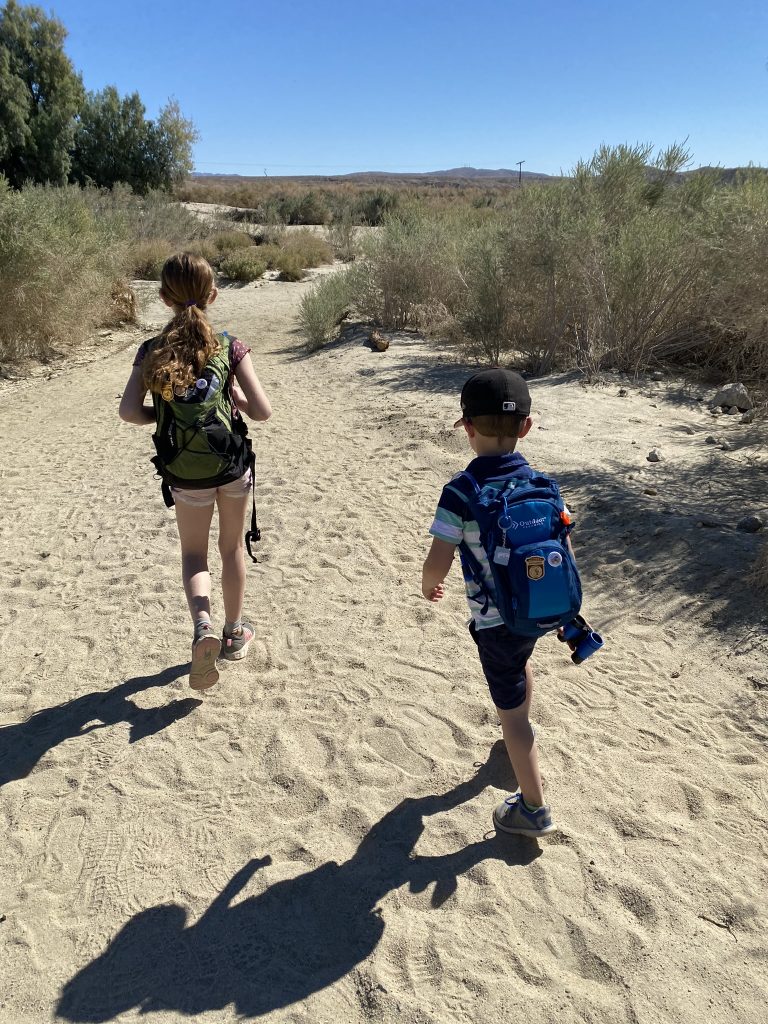
Enjoying some shade at the Simone Pool
By the time we arrived at Simone Pond, the heat and distance had left the kids a bit worn down. The site was littered with artists painting the stunning contrast of the beautiful palm surrounded pool and craggy mountains behind it. We enjoyed talking to a couple about their work, and even ran across some people from my hometown in Wyoming!

After a jaunt around the shady loop, we headed back on the 1-mile hike we’d already taken, which was a hard sell for the kids. We played a bit of eye spy and bantered about the amazing power of plate tectonics and how clearly visible the two plates are in this location.
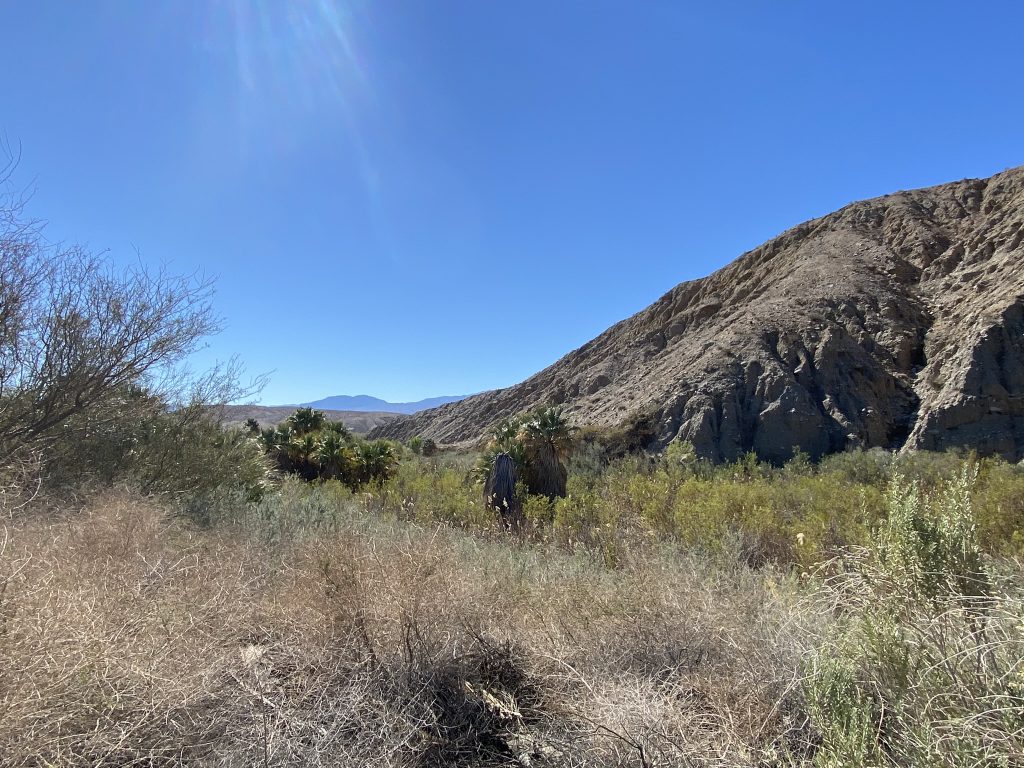
How did the Palms get here?
While enjoying the Simone pond, we encountered a ranger to clarify a misconception my husband and I had picked up somewhere in life. We had heard that all palm trees were imported to the US, so we were pondering how all of these Oases were in the area?
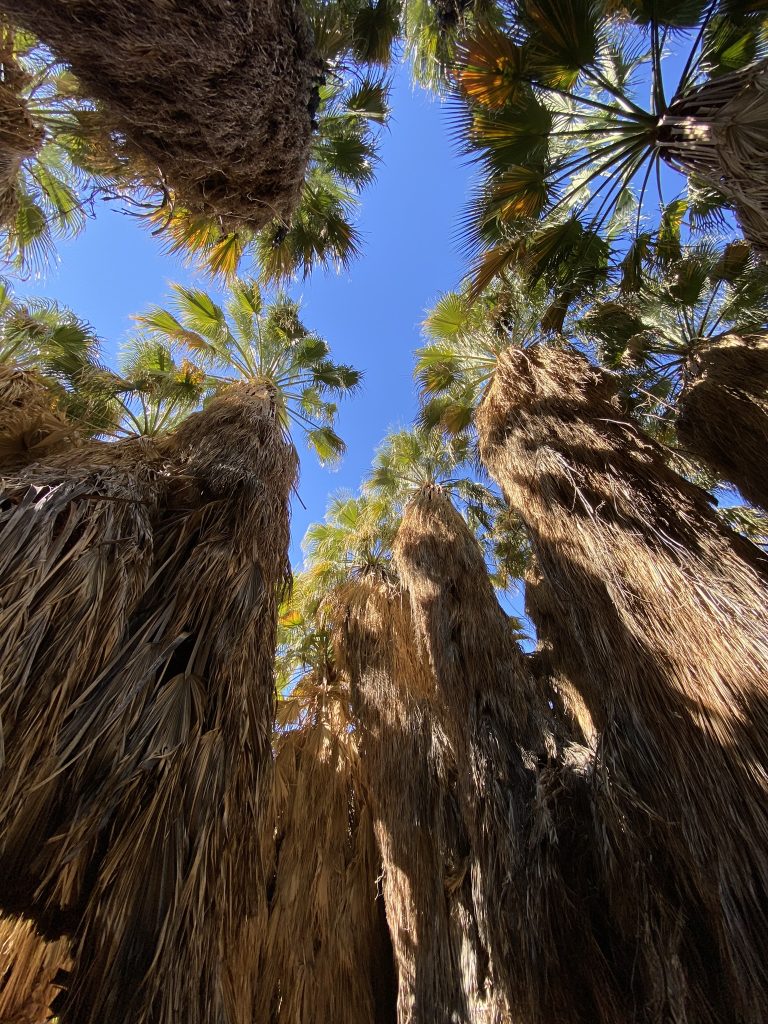
The ranger informed us that we were partially correct. The California Fan Palms (Washingtonia filifera) surrounding us ARE native to North America and there used to be way more of them around. The taller, shorter, fatter and fruit bearing palms that adorn California and Arizona landscaping were all imported to give the dry brush landscape a more tropical appeal. (Got you with one more bit of science!)
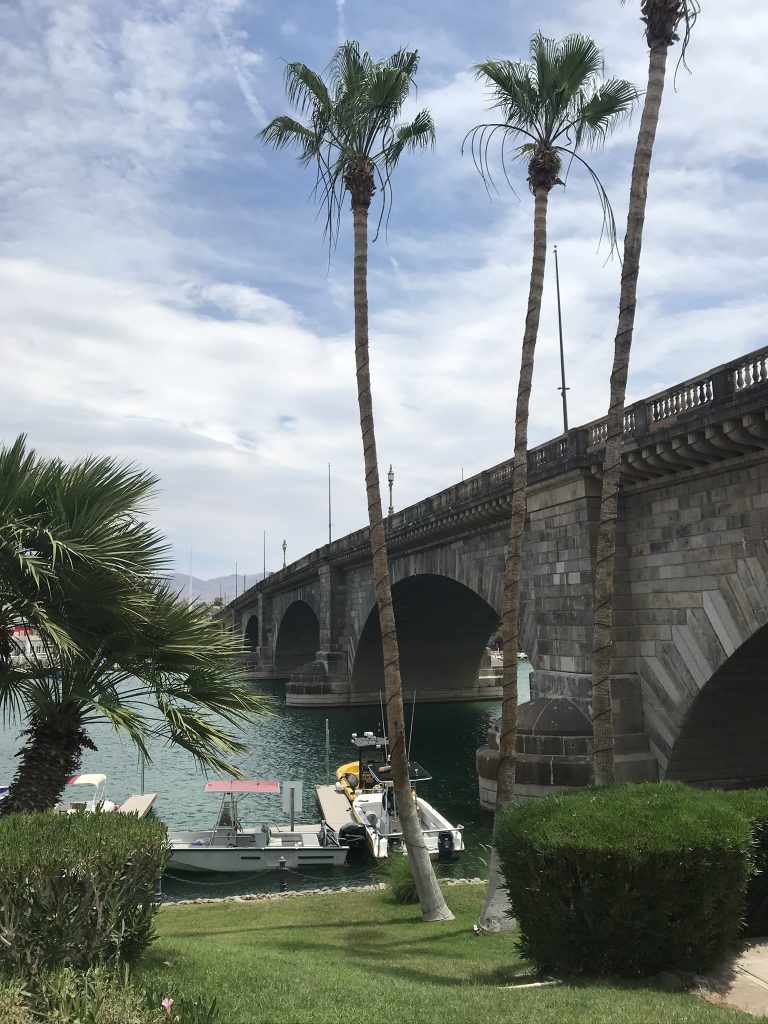
Have you been to the Thousand Palms Oasis?
Share your adventures:)


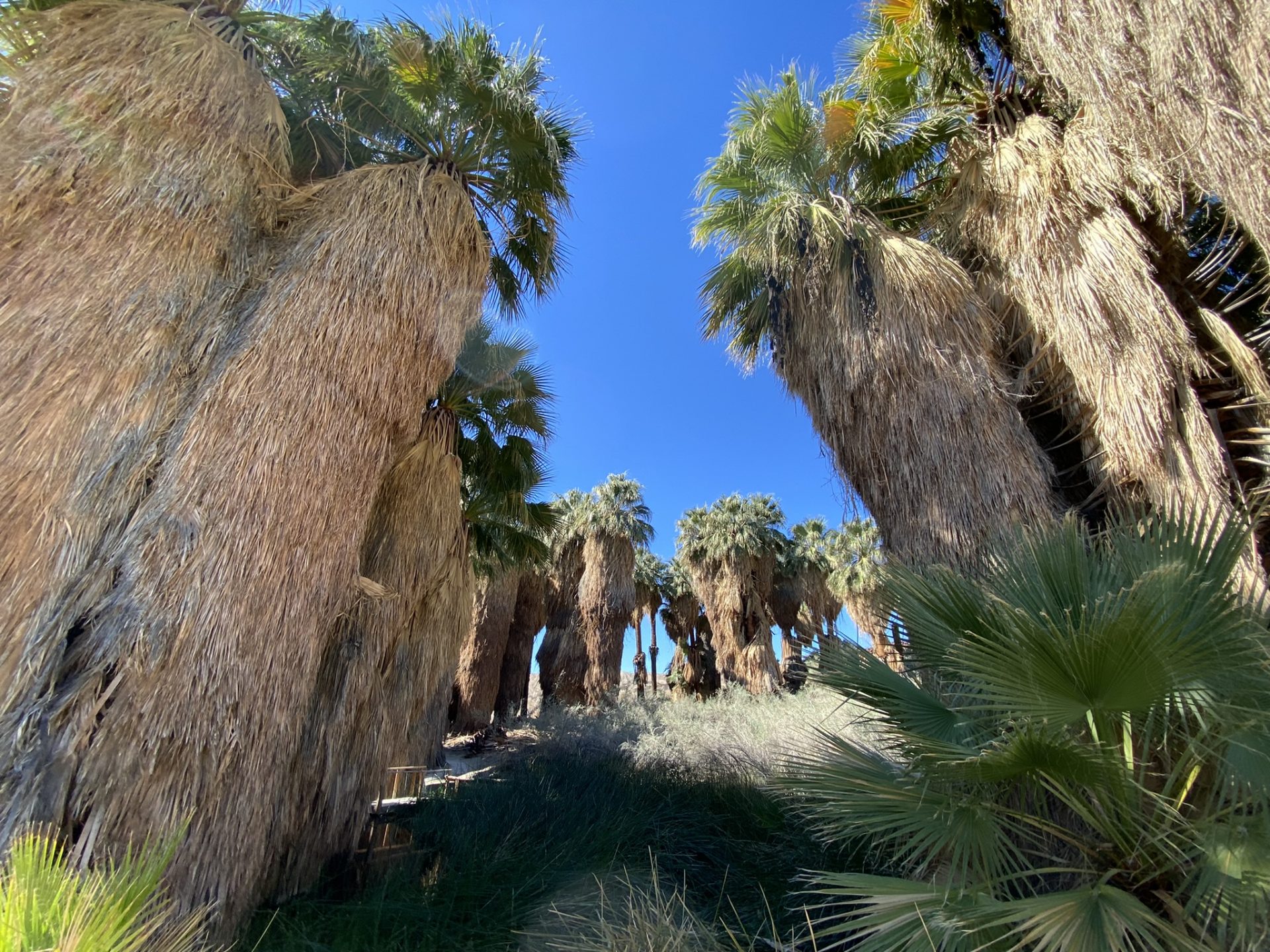
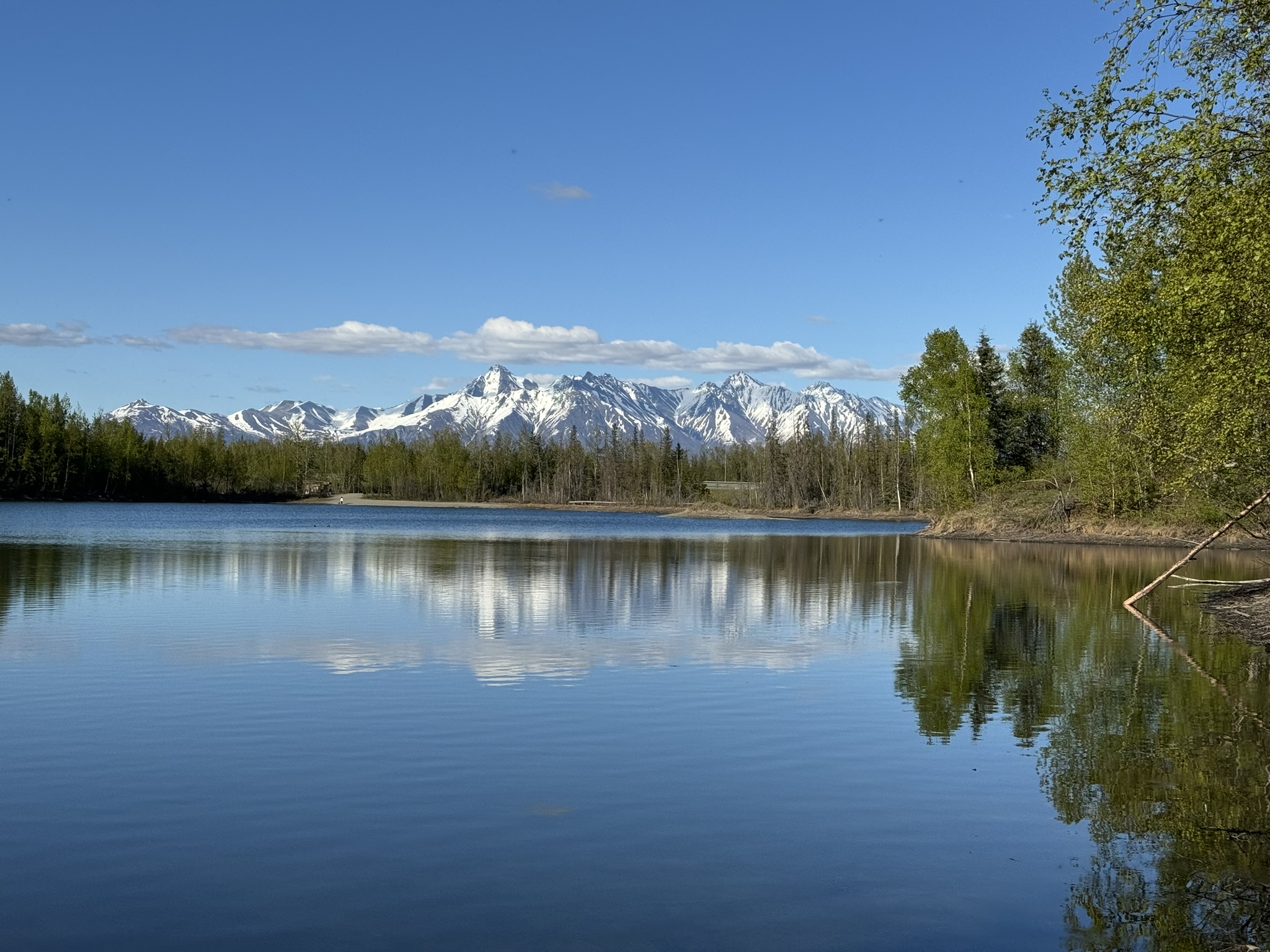
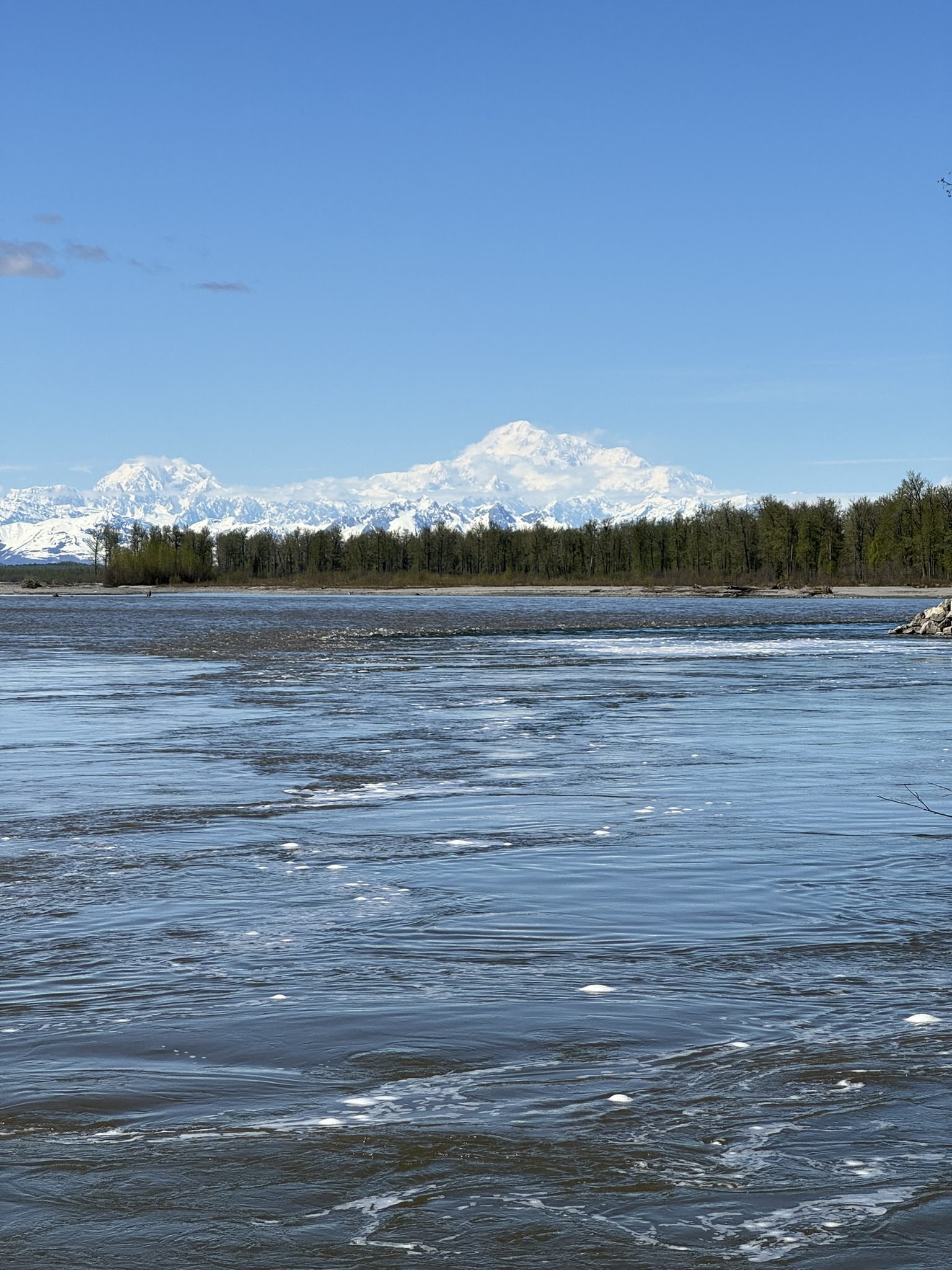

Leave a reply